Barn Owls: Ghostly Nocturnal Birds of Prey
Updated: Jul. 10, 2024
Look for flashes of white when driving on dark country roads, and you might spot a barn owl. Learn about a barn owl call, nest, and wings. Plus learn the meaning of barn owls.
On This Page
Barn Owl Identification
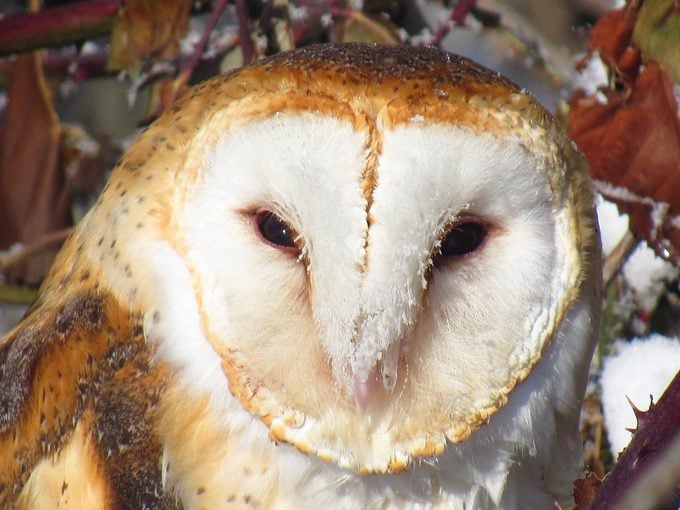
If you’ve ever seen a big, ghostly bird swoop through the beam of headlights, you probably glimpsed a barn owl. They often patrol roadsides as well as towns, cities and wild lands for rodents. A heart-shaped white facial disk is a characteristic that sets the barn owl apart from other owls.
Discover the amazing types of owls in North America.
Barn Owl Sounds and Call
Bird sounds courtesy of the Cornell Lab of Ornithology
These birds have very different calls from a great horned owl‘s subdued hoots. You won’t hear this owl hooting at all; instead, hissing screams are its signature call. They let out dry, rasping hisses, clicking noises and hoarse shrieks that cut off abruptly.
Learn how to identify eastern and western screech owls.
Range and Habitat
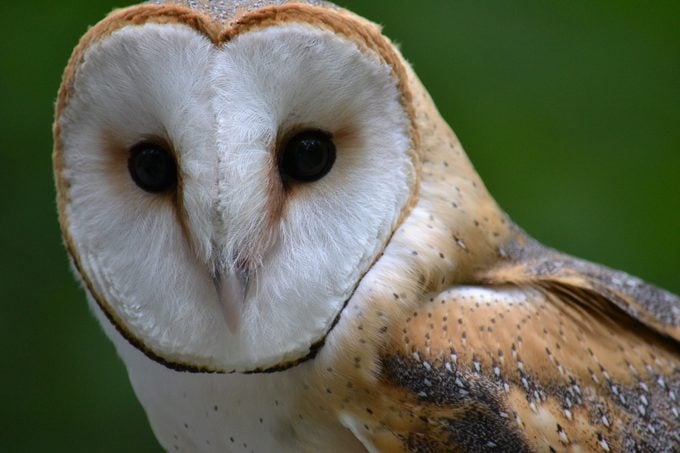
In terms of global distribution, barn owls cover the most territory. The species can be found on every continent except Antarctica. Barn owls are placed in their own family, and they aren’t closely related to any of the other owl species.
Barn owls are widespread across all but the far northern tier of states, but there’s no one place where they’re particularly abundant. There are over 40 different races of barn owls worldwide. The North American variety is the largest and makes up approximately 9 percent of the world’s barn owl population.
Discover fun facts about owls you should know.
What Do Barn Owls Eat?
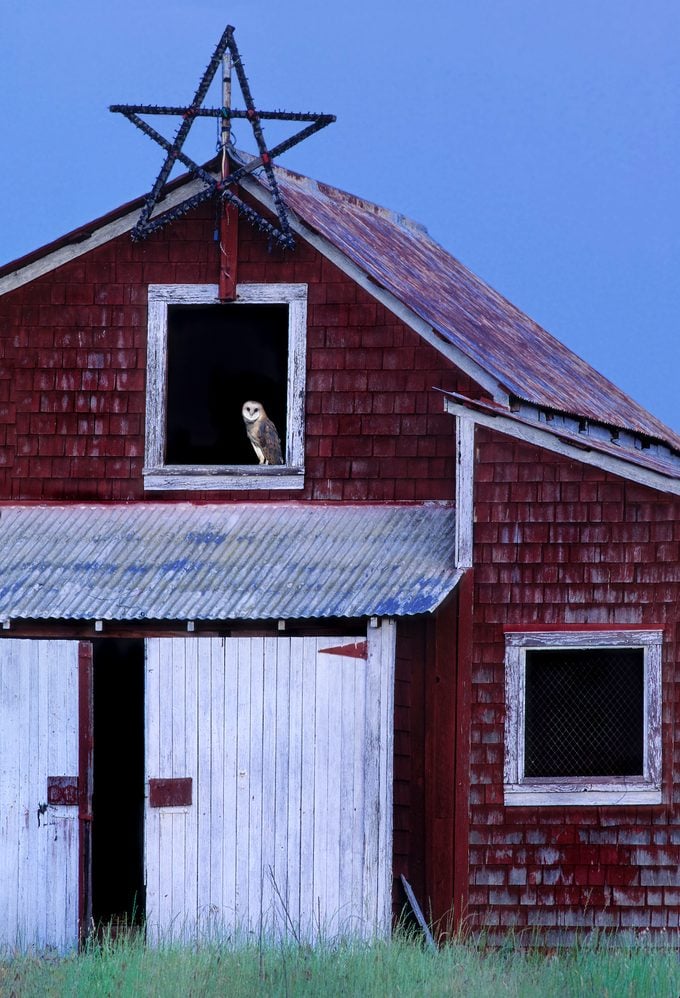
Barn owls are skilled rodent slayers that use talons to snatch mice, voles, rabbits, skunks and other small mammals. Common nighttime birds in yards across the country, they often scout feeder areas for critters that come out at night to nibble spilled seed. Asymmetrical ears allow the bird to locate hidden prey using sound alone. Large eyes help the owl navigate through the darkness of night—the only time it hunts. The beak and throat are specialized for regurgitating owl pellets.
Check out snowy owl facts (and where to find them!)
Barn Owl Wings and Feathers
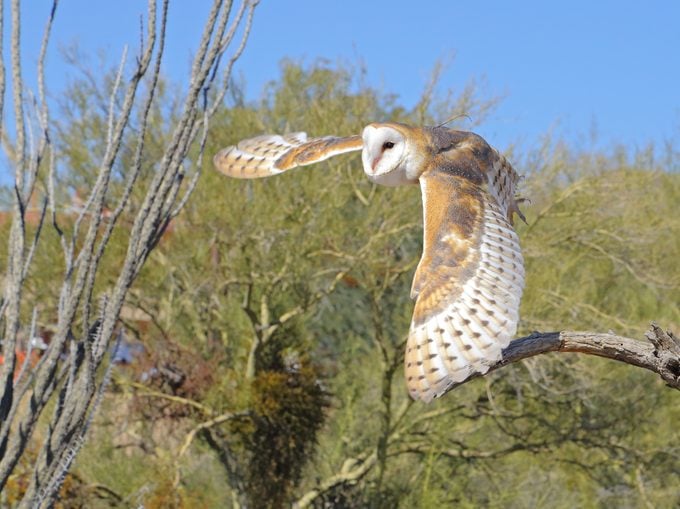
Feathers form a heart shape around the face to funnel sound toward the ears. Underside feathers are a striking, ghostly grayish white, while back and wing feathers are light brown with dark spots. Their unusually long legs have fewer feathers than their body.
Don’t miss these outstanding pictures of owls.
Barn Owl Meaning
Barn owls are found on nearly every continent, even playing a role in folklore in some regions. In Europe, they were seen as bad omens. This belief might have come from their presence in church graveyards and castle ruins.
Do owl sightings have special meaning?
Nest and Eggs
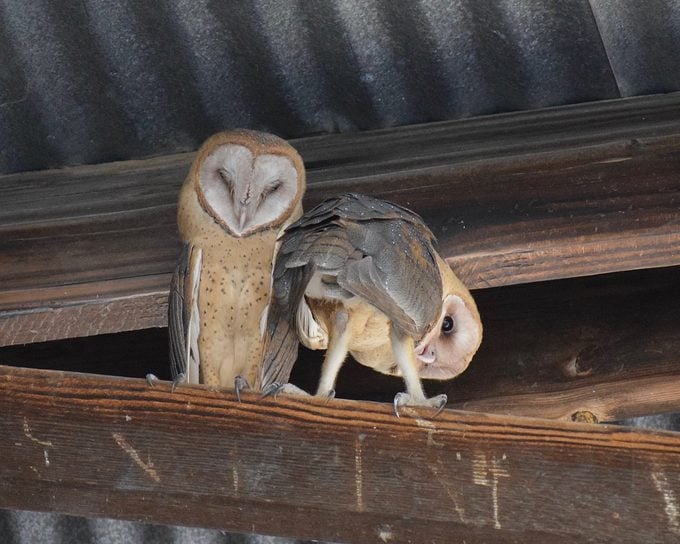
True to their name, barn owls nest, raise their young and roost in barns, silos and other human-made structures. Their numbers are declining, so in many areas nest box programs have been implemented to help the species rebound.
Convince them to nest in your yard by putting up a large nest box in late fall, as courtship and nesting begin in winter. You may also find these owls living in tree cavities and caves.
Females can lay as few as two eggs or as many as 18! Most will lay about five to seven eggs.
So fluffy! Don’t miss these adorable baby owl pictures.




















